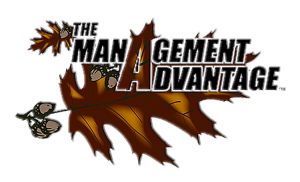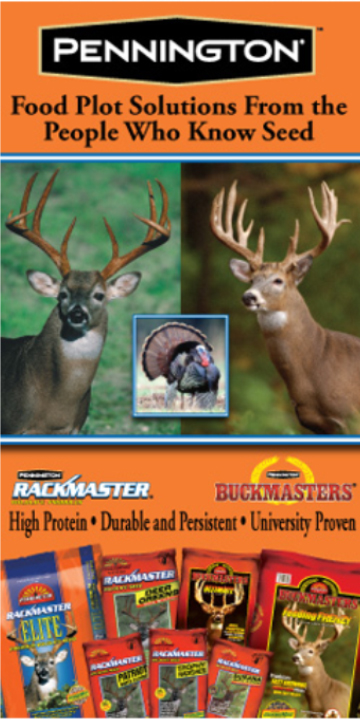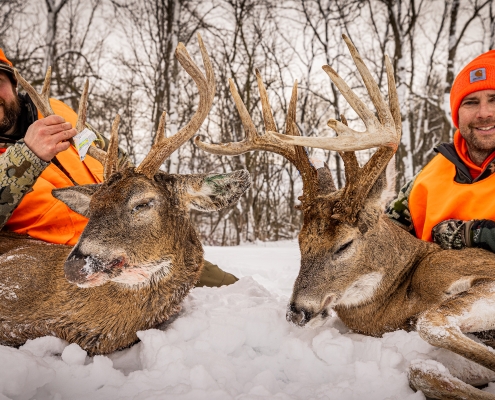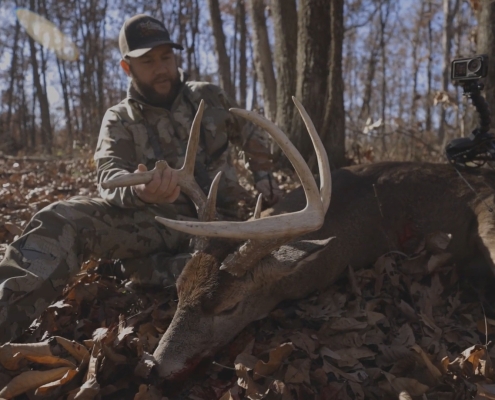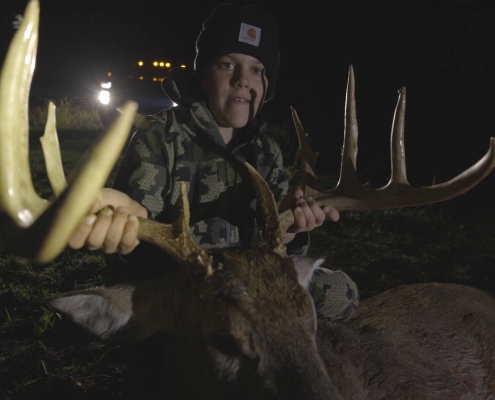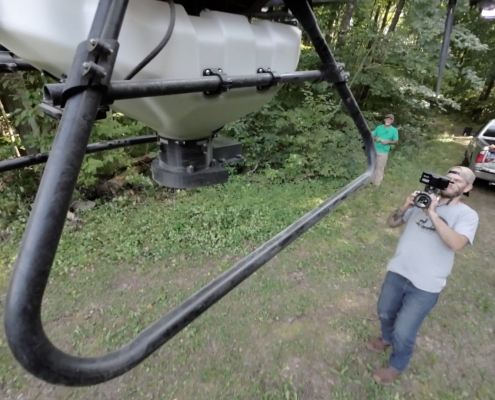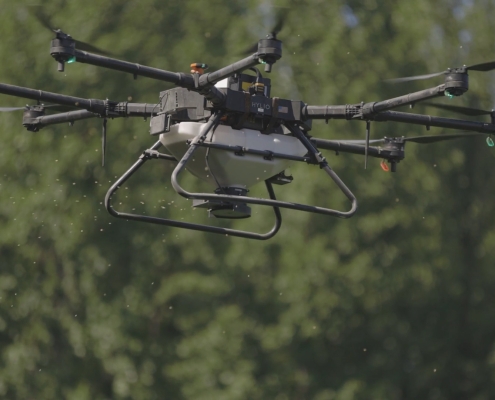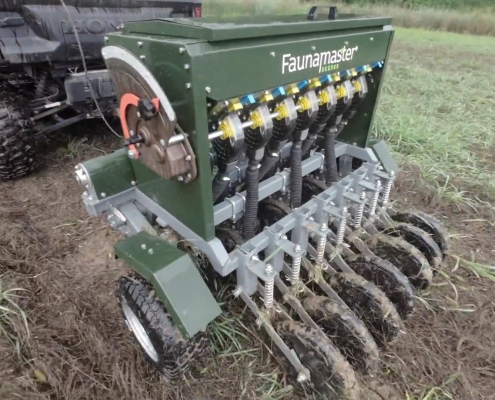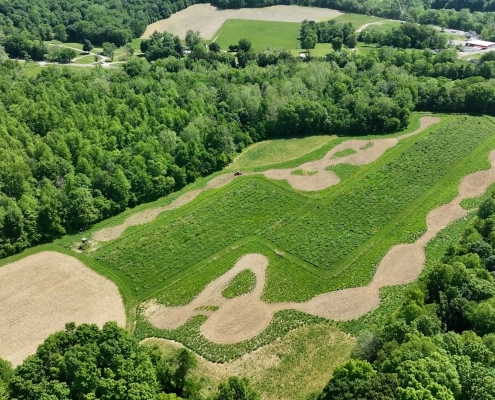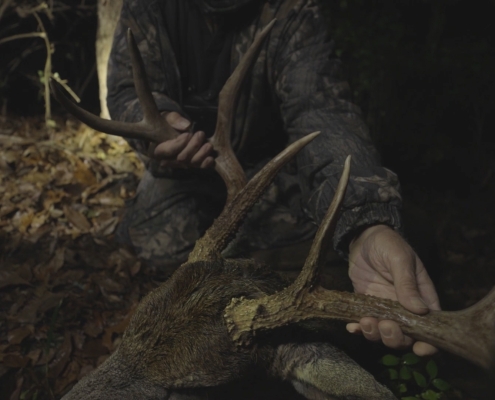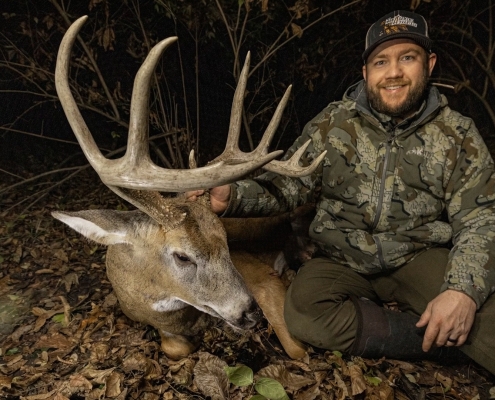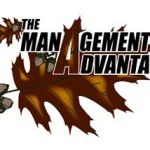Ross Fogle
How often growing up did you hear “Eat your vegetables” or “You need more variety in your diet”? As I get older I am starting to think I should have listened a little more as I try to cut back on the fast food and soda. But mom also brings up a good point when it comes to deer management and managing a healthy rotation in your deer herd’s diet. Now, you might be thinking, “Come on Ross, there are tons of crops out there and food in the timber to give them variety!” and you might be right. However, anyone ever think about the rotation farmers use in the field is to help yield boost and other management practices?
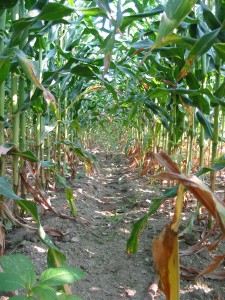 Let’s break this down into some details. Farmers look at rotation as a management practice. It cuts back on disease, pests, and weed resistance. Corn on corn for two years seems to out yield a rotated corn, but after continuous corn we start to see a yield drag in some cases. The left over residue can become home to pests that will continue to last into the next year. The more we push roundup on roundup ready crops the higher the chances we have for a weed resistance in that field.
Let’s break this down into some details. Farmers look at rotation as a management practice. It cuts back on disease, pests, and weed resistance. Corn on corn for two years seems to out yield a rotated corn, but after continuous corn we start to see a yield drag in some cases. The left over residue can become home to pests that will continue to last into the next year. The more we push roundup on roundup ready crops the higher the chances we have for a weed resistance in that field.
It’s Use in Deer Management
This all applies to food plots for deer management in the same manner. Brassicas are the most concerning when it comes to a rotation. These plants produce such a large bulb in some cases we see disease live in the residue each year. A rotation into soybeans the next year can be a great choice. You won’t sacrifice protein into the fall and will give yourself Nitrogen credits for next year towards your brassica needs. If you just can’t get away from using turnips every year, I would suggest planting oats in the spring. These oats will serve as a buffer crop until you are ready to plant turnips. It gives the deer something to hide in while still providing food all summer long. If you have the equipment, I recommend baling the oats off of the field before planting brassicas. The straw will actually remove nitrogen from the soil and be much harder to work up and plant into. After preparing a healthy seed bed, I like to mix my Pennington Deer Greens with winter wheat to add some variety to the plot for deer management purposes. It will work as a great companion crop as it helps drown out the weeds and let the turnips establish. As an added bonus, the winter wheat grows into the spring and lets your turkeys have some nutrition just in time to lay down a gobbler!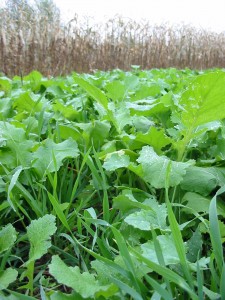
This same concept applies to other deer management food plot choices, such as Durana or Patriot clover. We like to plant oats with our clover as a companion crop to help it establish and keep the weed pressure down. This also will help to hold moisture for your clover plants. After the clover reaches five to six inches, we round bale the oats off and the new clover is allowed to gain more sunlight. The benefit to baling the clover are the removal of the extra residue that will drown out new and old plants.
These practices have become very useful and cost effective on our farms. The less competition you have the better your plots should produce aiding in your deer management. From the Management Advantage Agronomy team I wish you a safe and successful food plot cropping season!
